THE BIG PICTURE
- EKM

- Jul 30, 2011
- 3 min read
I’ve been following the Photoblog on “BOSTON.COM” for a while now. The photoblog called THE BIG PICTURE is run by a team of talented photo journalists and editors who work for the BOSTON GLOBE. Each week a new photo series is uploaded and themed upon sensitive and often unusual observations of current affairs. There are so many fantastic photographs to peruse, but the series: IN SILHOUETTE particularly caught my eye (favourites pictured above)!
This series of photos reduces the active components of the scene to a simple set of outlines and dark shapes. It’s interesting to consider what information we gain from this and thus, what is left up to the imagination of the viewer, and how much of this is informed by the viewers prior knowledge of current affairs (these photographs all show recent events at the time of publishing). From this point of view, it’s quite an interesting way to approach photo journalism – inviting the viewer to interpret the scene beyond just accepting what is already there. For instance, from these photos, is it possible to determine factors such as: the part of the world the photo was taken; the nationalities of the subjects; their activities; their emotions; their gender; their age; the time of day; the time of year; is the scene showing a celebration or a riot; a conversation or an argument; a dance or a fight? So many questions arise when such visual clues are reduced to an outline of a shadow… To help interpret the above images, the original captions (and image credits) are below:
1. Palestinian youths throw stones at Israeli border police vehicles during clashes in the East Jerusalem neighborhood of Silwan July 27, 2010. (REUTERS/Ammar Awad)
2. Palestinian children play in a public park at sunset, in the West Bank refugee camp of Jalazoun, near Ramallah, Saturday, July 24, 2010. (AP Photo/Muhammed Muheisen)
3. Residents and vehicles move along the main road through Nowshera after flood waters receded in Pakistan’s northwest Khyber-Pakhtunkhwa Province August 1, 2010. (REUTERS/Adrees Latif)
4. A labourer works at a workshop of an iron and steel factory in Jiayuguan, Gansu province, China on July 28, 2010. (REUTERS/Stringer)
5. Kevin Wilbur, of Tucson Balloon Rides supervises the filling of his hot air balloon before a sunrise flight Easter morning Sunday, April 4, 2010 in Tucson. Arizona. (AP Photo/Charles Rex Arbogast)
6. Men are silhouetted in a field of burning vehicles, which were carrying supplies to foreign forces in Afghanistan, after the convoy was set ablaze in Sangjani, Pakistan on June 9, 2010. Suspected militants attacked and set fire to a convoy of about 50 tankers and containers, killing at least six, local media reported police saying. (REUTERS/Adrees Latif)
7. A man, dressed as a devil, dances during a procession honoring the capital’s patron St. Dominic of Guzman in Managua, Nicaragua on Sunday Aug. 1, 2010. (AP Photo/Esteban Felix)
Of course, it is not photography’s only job to ‘inform’, but photo journalism is certainly an informative device in the context of delivering news. As Barthes writes in his book “CAMERA LUCIDA”
“Since the photograph is contingency and can be nothing else (it is always something that is represented) – contrary to the text which, by the sudden action of a single word, can shift a sentence from description to reflection – it immediately yields up those “details” which constitute the very raw material of ethnological knowledge… [photography] supplies me with a collection of partial objects”
As Barthes correctly states, photographs provide just a representation of a moment in time and as such, the information which appears on them directly informs our knowledge of that ‘moment’. If a majority of that visual information is reduced to an outline, we are forced to imagine and speculate, and thus engage with the potential narratives of the image in a way which exceeds our usual involvement with news photography…

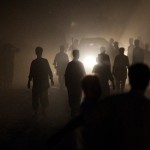
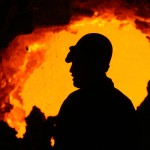
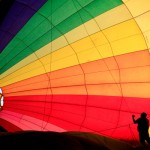
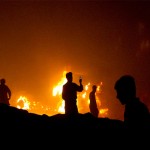
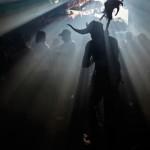
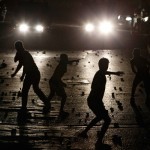
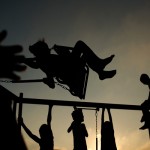



Comments